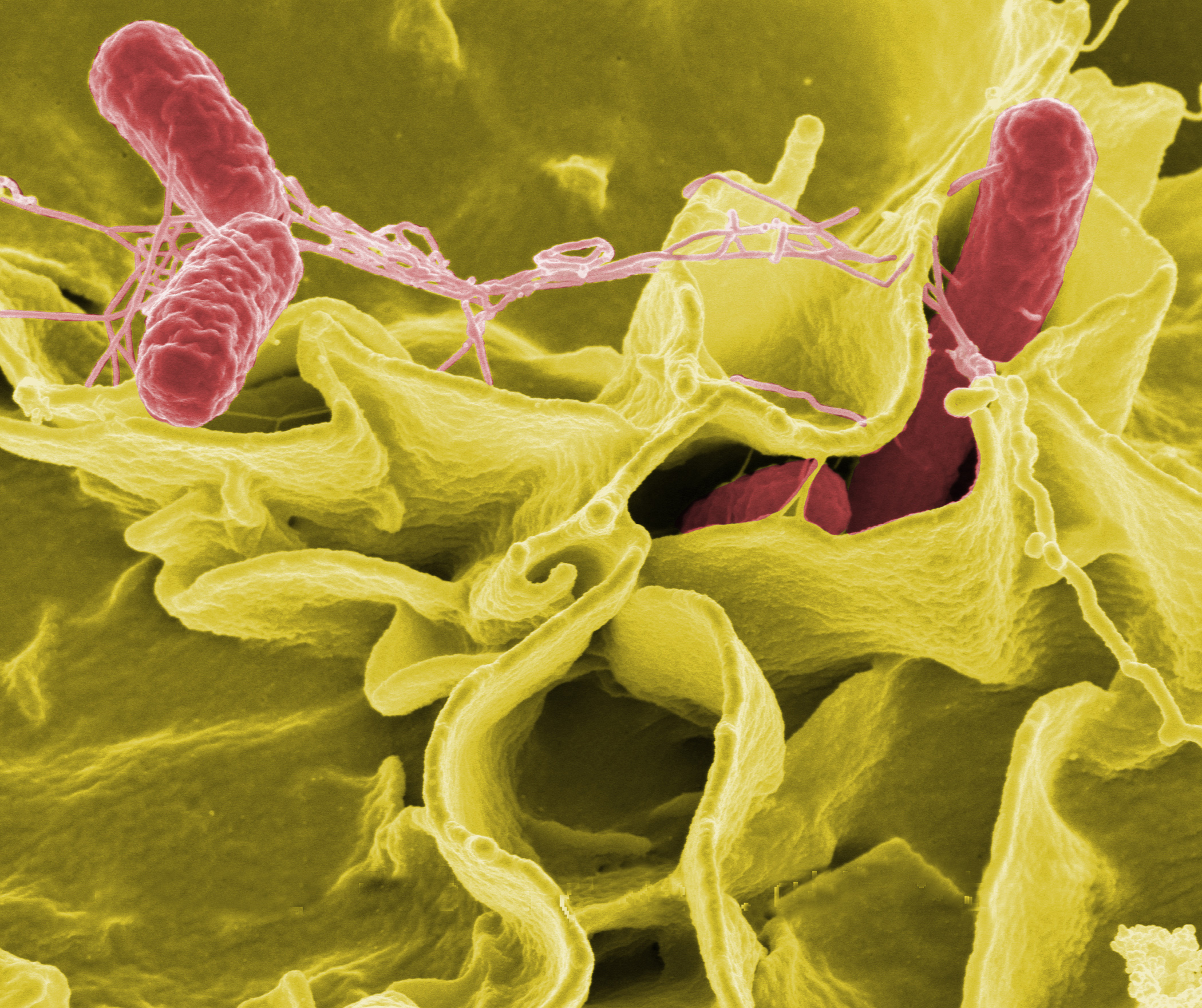News release
From:
Synthetic biology: Bacteria as undercover therapeutic agents in mice (N&V) *IMAGES AND VIDEO*
Bacteria can be engineered to release anti-cancer drugs in synchronized cycles in mouse models of cancer, finds a paper published online in Nature this week. The system also allows bacterial populations to be controlled through periodic lysis (cell disintegration) of the bacterial colony.
There is growing interest in engineering bacteria to be used as living therapeutics, but responses in host organisms and long-term effectiveness of such systems need to be further evaluated.
Jeff Hasty and colleagues use a synthetic biology approach to engineer a genetic circuit — clusters of genes that impact each other’s expression — that controls the release of drugs in a tumour-targeting bacterium of the Salmonella strain. In this circuit, periodic synchronized cell lyses maximize the efficacy of delivery of the drugs. The authors first track bacterial population dynamics in colorectal tumours in mice. Subsequently, they orally administer the bacterium strain, alone or in combination with a clinical chemotherapeutic, to a mouse model of colorectal cancer. The authors find that the combination of both circuit-engineered bacteria and chemotherapy leads to reduction in cancer activity and extended survival compared to either therapy on its own.
The authors propose that their approach may help to leverage the tools of synthetic biology in order to exploit the propensity of certain bacteria to colonize sites in the body affected by disease. However, further work is needed before bacteria can be used as effective anti-cancer therapeutics. “Despite these features, bacteria alone (whether engineered or not), are unlikely to eradicate tumours”, explains Shibin Zhou in an associated News & Views article.
Expert Reaction
These comments have been collated by the Science Media Centre to provide a variety of expert perspectives on this issue. Feel free to use these quotes in your stories. Views expressed are the personal opinions of the experts named. They do not represent the views of the SMC or any other organisation unless specifically stated.
Dr Thomas Williams, CSIRO Synthetic Biology Future Science Fellow
One of the difficulties in treating cancer is the fact that tumours often have poor blood supply, meaning that it is difficult for chemotherapy drugs to reach them. On the other hand, poor blood supply means that tumours don’t receive much oxygen. This can provide a means of distinguishing tumour cells from normal healthy tissue so that cancer treatments can be targeted and have fewer side-effects.
This situation was exploited by Din et al., who published a new and potentially revolutionary cancer treatment in the journal Nature today. The authors of the study engineered a bacterium that grows in the low oxygen environment found in tumours to selectively destroy cancer cells.
They created a genetic circuit that enables the bacteria to count their own population density, and wait until they have a high number of cells in the tumour before coordinating their attack on nearby cancer cells.
Once the bacterial population has the numbers required to mount an effective attack, they initiate a ‘self-destruct’ program to release an anti-cancer drug payload within the tumour. While this treatment was effective alongside conventional chemotherapy drugs in mice, it is a long way from being ready for application in humans.
Nevertheless, it represents a creative and promising weapon in the ongoing fight against cancer.



 International
International


